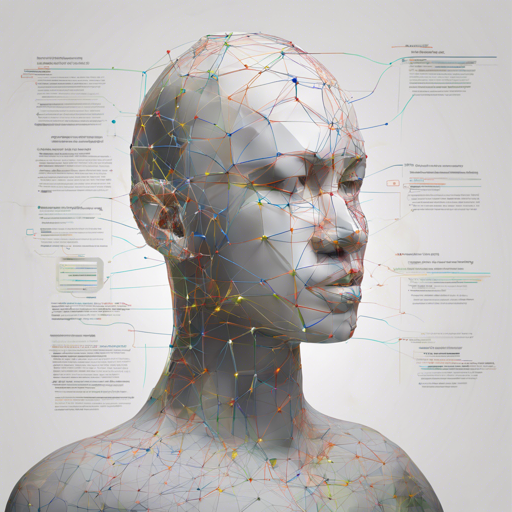If you’re venturing into the world of deep head pose estimation, Hopenet is a robust tool that can significantly enhance your projects. This guide will walk you through how to set up and run Hopenet using Python.
Prerequisites
- Python installed on your machine
- Torch library for deep learning
- Access to the model files
Getting Started with Hopenet
To kick off, you first need to clone the Hopenet GitHub repository. Here’s how to do it:
git clone https://github.com/natanielruiz/deep-head-poseOnce you have the repository on your local machine, you need to locate the model files. These files can be accessed via the following links:
Setting Up the Code
Now that you have the necessary models, it’s time to set up the code for loading these models efficiently. The following Python script will help you do this:
import pathlib
import torch
paths = sorted(pathlib.Path('orig').glob('*'))
out_dir = pathlib.Path('models')
out_dir.mkdir(exist_ok=True)
for path in paths:
ckpt = torch.load(path, map_location='cpu')
torch.save(ckpt, out_dir / path.name)Analogy for Better Understanding
Imagine you are a librarian managing a vast collection of books (your model files). Each bookshelf (directory) holds a variety of genres (models). Your job is to ensure that these books are organized and stored properly. The above script does just that:
- First, it gathers all the books (models) from the various shelves (locations).
- Then, it creates a new shelf (directory) called ‘models’ to house those books.
- Finally, it systematically loads each book and places it on the new shelf for easier access.
Troubleshooting Common Issues
If you encounter any challenges while implementing Hopenet, here are some troubleshooting tips:
- FileNotFoundError: Ensure that the paths to your model files are correct.
- ImportError: Verify that you have installed all necessary libraries, such as PyTorch.
- MemoryError: If you’re running into memory issues, consider using a machine with more RAM or optimizing your models.
For more insights, updates, or to collaborate on AI development projects, stay connected with fxis.ai.
Conclusion
With Hopenet, you can harness the power of deep learning in head pose estimation seamlessly. Following the steps outlined in this guide will set you on the path to successfully implementing this model in your projects.
At fxis.ai, we believe that such advancements are crucial for the future of AI, as they enable more comprehensive and effective solutions. Our team is continually exploring new methodologies to push the envelope in artificial intelligence, ensuring that our clients benefit from the latest technological innovations.

